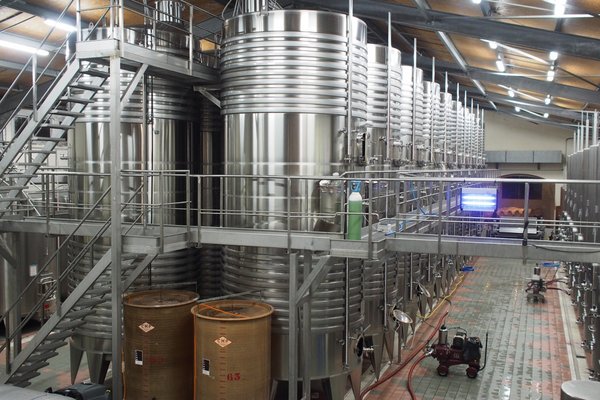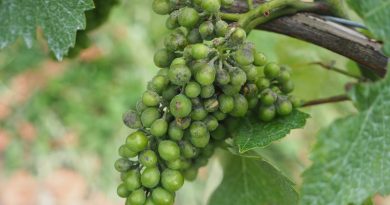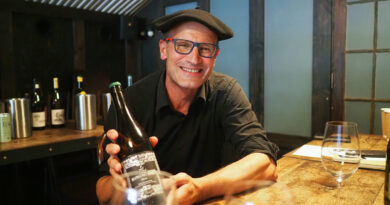Juice stabulation, an interesting winemaking technique
Juice stabulation is a newly famous winemaking technique. It was first used by winemakers in Gascony a couple of decades ago, but it is its recent adoption by rosé winemakers in Provence that has given this way of making wine more attention. Their rosé wines have got progressively paler over the years, and this has presented winemakers with a bit of a challenge. Many of the flavour compounds in red wine come from the skins, and for rosé this is also true, albeit to a lesser extent because of the short time it is left in contact with the skins – just long enough to get the desired colour. So if the wines are getting paler, the length of time in contact with the skins is getting shorter, and the extraction of flavour compounds is getting lower. This results in wines with less flavour, so Provençal winemakers have come up with a technique to offset this, called juice stabulation.
There is a research institute dedicated solely to the rosé wines of Provence, called the Centre de Recherche et d’Expérimentation sur le Vin Rosé, based in Vidauban. Among other things, they have devised a colour scale for rosé. ‘The fashion now here is to have very pale rosés,’ says Véronique Goupy of Domaine de Fontlade, ‘But the aroma is in the skin. If you don’t macerate enough you have no aroma and no colour. It is a very technical wine.’ So winemakers are walking a tightrope between getting aromatics in their wines and yet keeping the colour pale. One way to improve aroma without extended maceration is stabulation. Aurélien Pont of Château Pigoudet explains how this works. ‘For the last 6 years we have left the juice on the lees for 5–15 days before fermentation at low temperatures. This allows lots of aromatic components to go from the lees to the juice.’ Pont adds that, ‘If you make a tank just from filtered lees it is very aromatic and can be used as a blending component.’

The key to stabulation is extracting flavour – and flavour precursors – from the gross juice lees (not to be confused with the yeast lees that form during and after fermentation), without exposing the wine to oxygen, and without extracting any bitter flavours. Normally, after pressing the juice lees are removed from the wine by sedimentation (also called settling, which is usually for 24 hours, followed by removing the now-clear juice off the lees), or by another technique called flotation. But here the intention is to keep the juice in contact with the lees long enough to extract any flavour precursors that might be present. It’s important that fermentation doesn’t start, because once it does then clarifying the juice isn’t possible and you end up with a full solids fermentation, with an attendant risk of reductive characters developing. So during stabulation the juice is kept cold: some use temperatures as low as -2 C, while others might go as high as 10 C (although this is a bit risky). It is also stirred up, but without introducing oxygen, so the stirring will be done with carbon dioxide, or by adding dry ice, usually once a day. This also sparges out any dissolved oxygen.
Some enological product companies offer enzymes that can be used to help release aroma precursors, and these can reduce the time needed for stabulation. The length of time for stabulation can vary, but is usually four days to two weeks. Winemakers are looking to get increased levels of thiol precursors from the lees, which the yeasts then turn into the aromatic polyfunctional thiols. These are important in the aroma of Sauvignon Blanc, too, and some Marlborough wineries are trialling stabulation as a way of increasing their concentration in the wine. They add a nice fruity component to rosé. The other compounds that staubulation is supposed to increase is the esters, which give fruity aromas, and which are sensitive to oxidation. Stabulation is also reported to improve the mouthfeel of the wine.
Are there any drawbacks? For rose, if the contact is extended too long, then there can be some color loss. Also, because of the repeated suspension of the solids in the wine, it can be hard afterwards to get the required degree of clarity for fermentation by settling. Centrifugation is one option that avoids this problem, and flotation is another.




